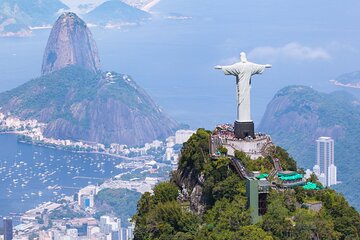Top Rio de Janeiro activities
Explore by category
Top Rio de Janeiro landmarks
Top Rio de Janeiro landmarks
Top Rio de Janeiro landmark tickets
Beyond Rio de Janeiro
Tours in nearby places
Explore Southeast Brazil tours
Tours in similar places
Rio de Janeiro trip ideas
Rio de Janeiro travel articles
Rio de Janeiro itineraries
Top 15 things to do in ...
























































